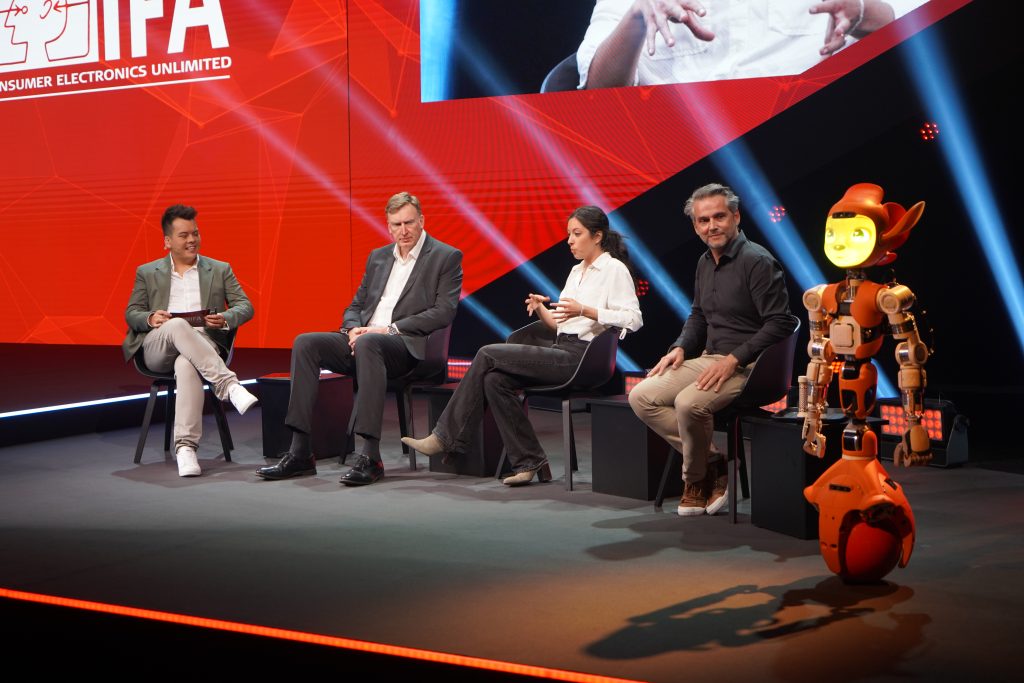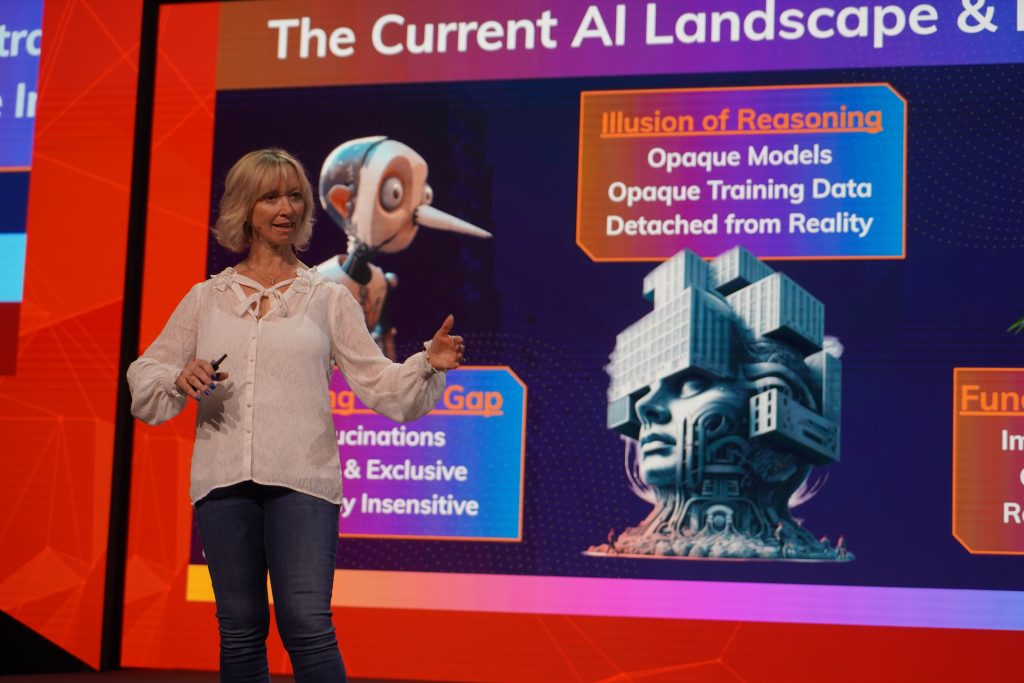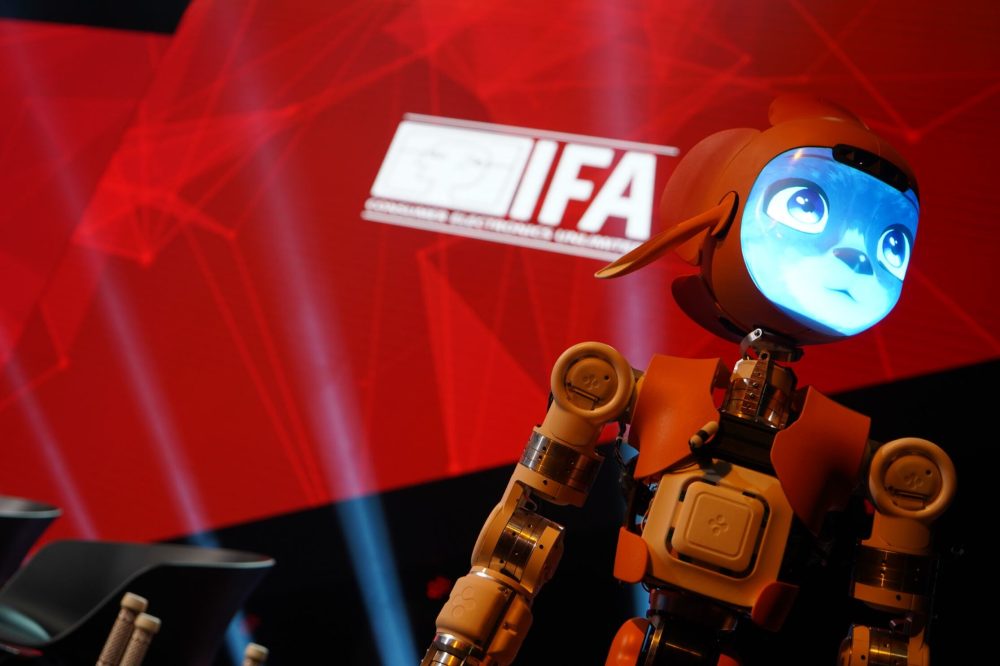Robots: What was once an almost mythical concept portrayed on the small screen in ‘The Jetsons,’ movies such as ‘Terminator,’ and the visionary works of Asimov, has transcended fiction to become a remarkable reality. Yet, when we envision robots, our minds often gravitate towards two extremes: the idea of comforting housekeepers like Rosey, or Schwarzenegger-esque figures roaring towards us on motorcycles. However, the realm of robotics, Artificial Intelligence, and their role in the modern world is far more intricate than meets the eye.
Trailblazers in the fields of engineering and advanced manufacturing converged at IFA Berlin 2023 to explore these breakthroughs, decipher their implications for consumers, and chart the future of this dynamic industry. Among the standout moments were riveting panel discussions featuring luminaries in revolutionary disciplines like Artificial Intelligence (AI), robotics, mathematics, and psychology, all united in their pursuit of crafting lifelike synthetic entities for everyday applications.
Revolutionizing Robotics with Human-Like Touch

During a captivating presentation on deep tech developments, Jérôme Monceaux, Founder CEO of Enchanted Tools, introduced audiences to Miroki, a remarkable addition to the world of robotics. Miroki, a robot with an animated face designed to help ease people into the idea of robots, quickly became a focal point of the discussion as she swayed around the stage, waving at the crowd.
Laura Garcia Caberol, Chief Operating Officer at Touchlab Limited, shed light on Touchlab’s ambitious mission to imbue robots with a human sense of touch. Caberol emphasized that one of the most significant challenges in the field of robotics remains ensuring seamless interaction between humans and machines.
“We’re just finishing a six-month pilot at a hospital in Helsinki,” Caberol said while explaining the challenges of integrating robots into a hospital setting. “There, robots were operated by a nurse but were in contact with patients. In some [hygiene-related] scenarios, patients would not want that [personalize robot] they would want another machine that brings a bit of anonymity, but other tasks like bringing food or being close to the patient, it was something of interest to them.”
It is here that Miroki and its animated face come into play, serving as a prime example of the strides being made in creating intuitive and tangible interfaces for effortless user interaction. While advancements in voice recognition and semantic AI hold promise, the industry still grapples with the task of crafting truly inclusive interaction environments that make people feel comfortable and connected to these robotic innovations.
Robotic Integration and Workforce Training
The process of integrating robots into existing workforces demands thoughtful deliberation. Developers are dedicating themselves to crafting intuitive interfaces and comprehensive training programs to facilitate smooth cooperation between humans and robots, especially in intricate work settings. These advancements are not only easing the burden on workers but are also proving to be particularly beneficial in sectors such as healthcare, where many hospitals grapple with understaffing issues, which, in turn, has a substantial impact on patient care.
“I would say it’s more of like a way of releasing highly trained people from their more mundane chores of their jobs,” said Caberol while commenting on how the introduction of more robots to mainstream jobs will ultimately help workers. “It’s actually giving them the time to do the jobs they are passionate about and skilled at.”
While concerns about job displacement by robots persist, it is crucial to recognize that robots can take over repetitive tasks, freeing skilled professionals to focus on critical aspects of their work. Ethical and legal considerations regarding robot rights remain complex and require thoughtful deliberation.
“I think it would be foolish to ignore that impact of robots,” said Stewart Miller, Chief Executive of The National Robotarium. “But if we look at everything, going back to the introduction of personal computers and then through mobile phones, and even further with the introduction of the car instead of the horse, we are going to see a disruption in the traditional ways that we do things. That will have some negative impacts, but I think overall, when we are finished, and it will be a lot more positive.”

The Role of AI in Robotics
Janet Adams, COO of SingularityNET, delivered a compelling presentation at IFA Berlin 2023, highlighting key themes relevant to consumer electronics enthusiasts.
She introduced SingularityNET as a pioneering AI cryptocurrency project and stressed its mission to create a decentralized AI marketplace for widespread technology access. Adams discussed AI Domain Specific Language (DSL) and the Hydro platform, key components of SingularityNET’s ecosystem.
“The future belongs to those who weave the knowledge of diversity into AI, because without it, the adaptation will, by definition, be narrow,” explained Adams on the importance of diversity and inclusion in AI development. “It will be short lived; it will be less impactful to all the people who need it fast. It’s also really important to have decentralization for the oversight of AI. Because who wants the most powerful technologies in the world to be in the hands of a few big tech companies?”
As evident at IFA Berlin 2023, the future of robotics being fully integrated in society is closer than ever and poised to revolutionize our world in unprecedented ways.















